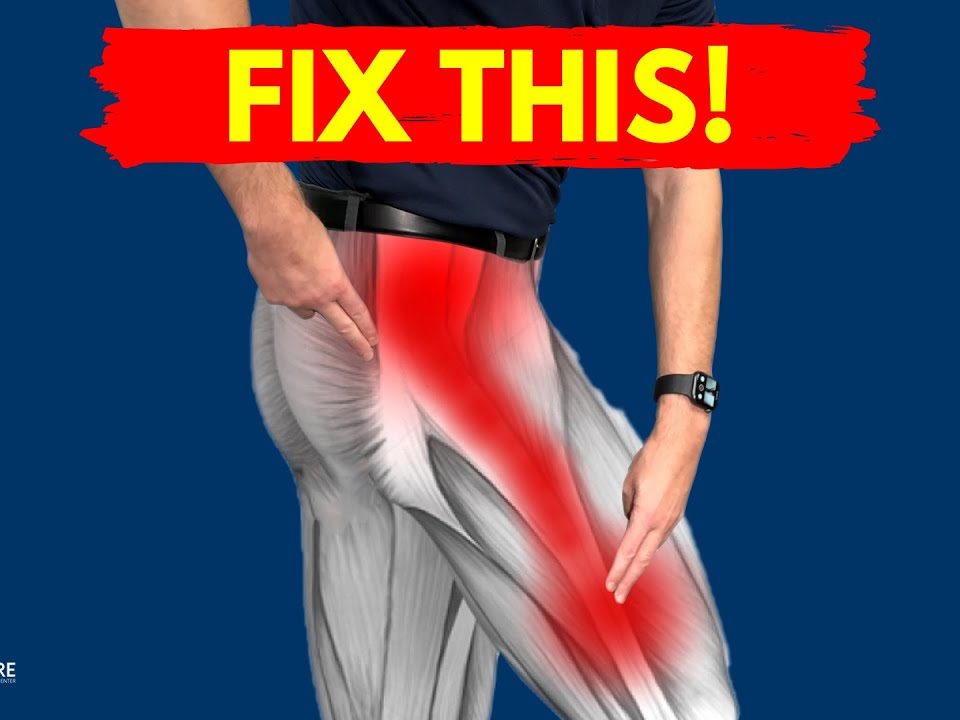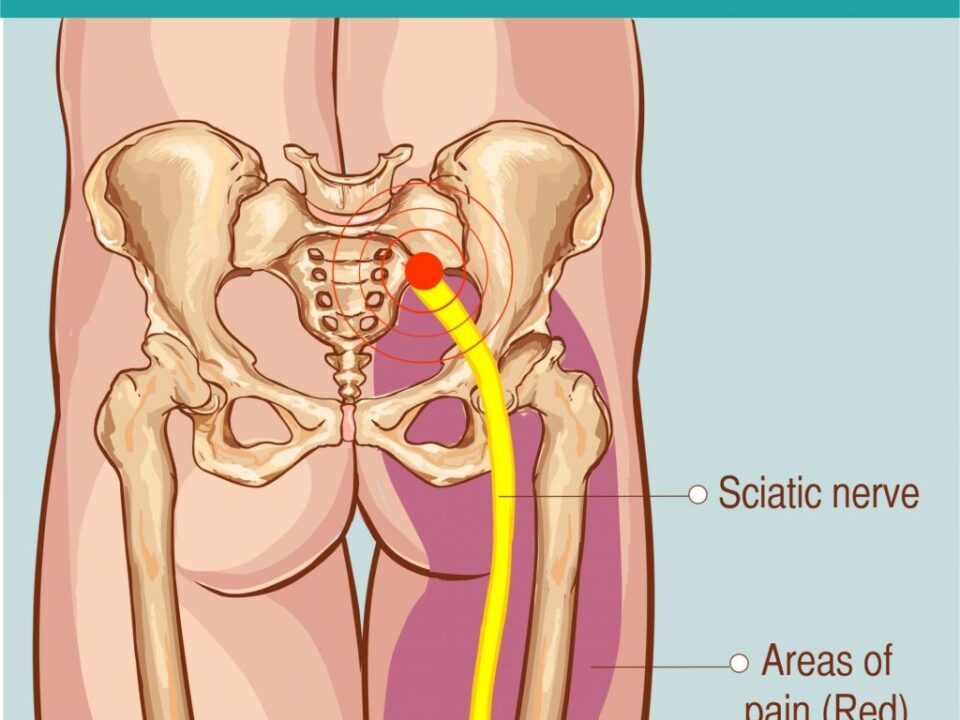3 Treatments for Carpal Tunnel Syndrome and how Chiropractors can Help
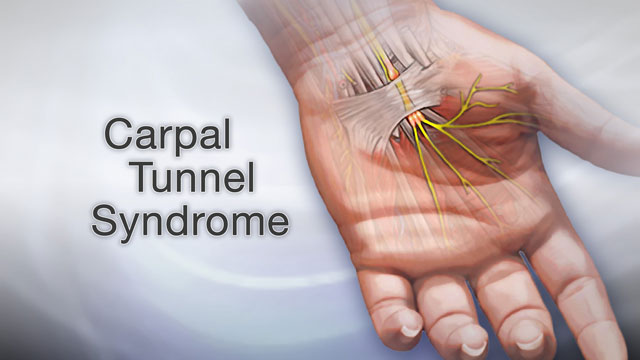
Carpal tunnel syndrome is an increasingly common condition we see at our chiropractic office that presents as tingling, numbness, weakness, and pain that starts in the wrist, and can go into your finger tips. This condition usually gets worse over time, and is caused by compression of the nerves on the palmar side of your wrist.

Carpal tunnel can often be caused by repetitive wrist usage from activities such as, but not limited to: typing, sports like hockey or lacrosse that involve a lot of wrist strain, knitting, and kneading motions. There may also be an association between vibrating tool usage (for example drills and jackhammers) and the onset of carpal tunnel syndrome.
There are other factors that may be linked with carpal tunnel as well, including: menopause, pregnancy, obesity, rheumatoid arthritis, diabetes, previous fractures or other trauma to the wrist.
Treatment Options
At our chiropractic clinic in Coquitlam, we see carpal tunnel cases all the time, and luckily we have a few effective treatment options for carpal tunnel syndrome to try before going under the knife!
1. Chiropractic and Physical Therapy
Joint Manipulation: Our main protocol we follow with carpal tunnel syndrome is first re-aligning and restoring motion of the carpal bones of the wrist, and then working on the surrounding soft tissues to reduce compression and strain on the flexor retinaculum and nerves that are beneath it. Chiropractors are the only healthcare practitioners who are trained in manipulation of carpal bones, and in many cases, you will not get results with carpal tunnel treatment unless the carpal bones have full ranges of motion.
Soft Tissue Therapy: We use an instrument assisted soft tissue therapy tool at our office, sometimes called Graston, Gua-Sha, or skin scraping. What this therapy does is breaks up the fascial adhesions within the wrist. This may have to be done in multiple sessions to break up multiple layers of fascial adhesion within the wrist.
Stretches and Exercises: One way we can stop compression in many areas of our body, is making sure we have ample slack for our soft tissues and that they are fully functional. Using a few stretches and exercises that are prescribed by your chiropractor or physical therapist, you can work at home to reduce and manage the symptoms of carpal tunnel syndrome.
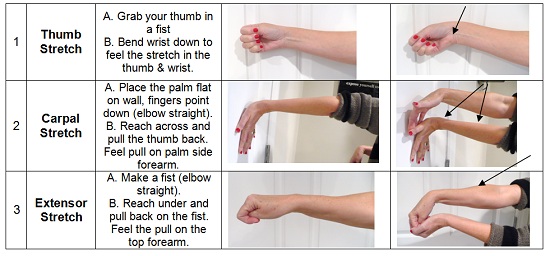
2. Other Non-Surgical Therapy
Wrist splinting: A carpal tunnel splint is commonly found in pharmacy stores, sports stores, and orthopaedic specialty stores. This will hold your wrist still while sleeping so you can relieve nighttime symptoms of tingling and numbness. Your chiropractor can also help you select a good wrist brace to help with your carpal tunnel syndrome.
Anti-Inflammatory drugs (NSAIDS) and ice: With compression and constant irritation of the wrist, follows inflammation. Inflammation is essentially swelling, and swelling takes up space, and extra space within your wrist is VERY limited. A good option to combat this is first and foremost, ice. I always recommend ice to patients because it’s the most effective form of anti-inflammatory, it’s natural, and rather than taking medication to control inflammation, which has to be processed by your body, and doesn’t specifically go to your wrist, ice will not leave you with any other side effects. But, when in a pinch, it is also recommended to take NSAIDs like Advil, Motrin, etc.
Corticosteroid injection: Your medical doctor may prescribe you a cortisone injection to relieve pain. They decrease inflammation and swelling as well, which can reduce pressure on the nerves in the carpal tunnel.
3. Carpal Tunnel Surgery
As a last resort, surgery may be the answer. In this surgery, typically what happens is that the surgeon will make an incision in the wrist, and another incision on the flexor retinaculum to release the pressure it’s causing on the wrist. Kind of like, if you had an elastic band around your wrist, and it was too tight, the surgeon would basically snip that elastic band and reduce the compression on your wrist.
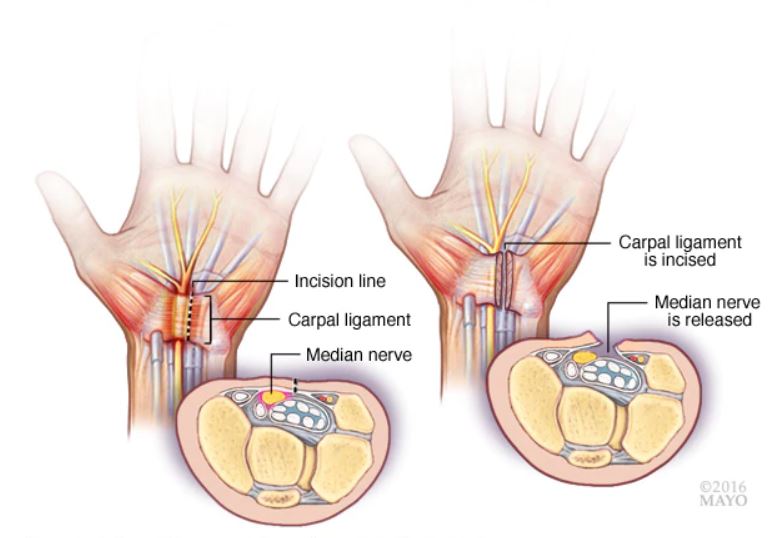
To find out more information on carpal tunnel syndrome and how chiropractors can help, as well as any other nerve related symptoms you’re experiencing, please contact us today for more information.

